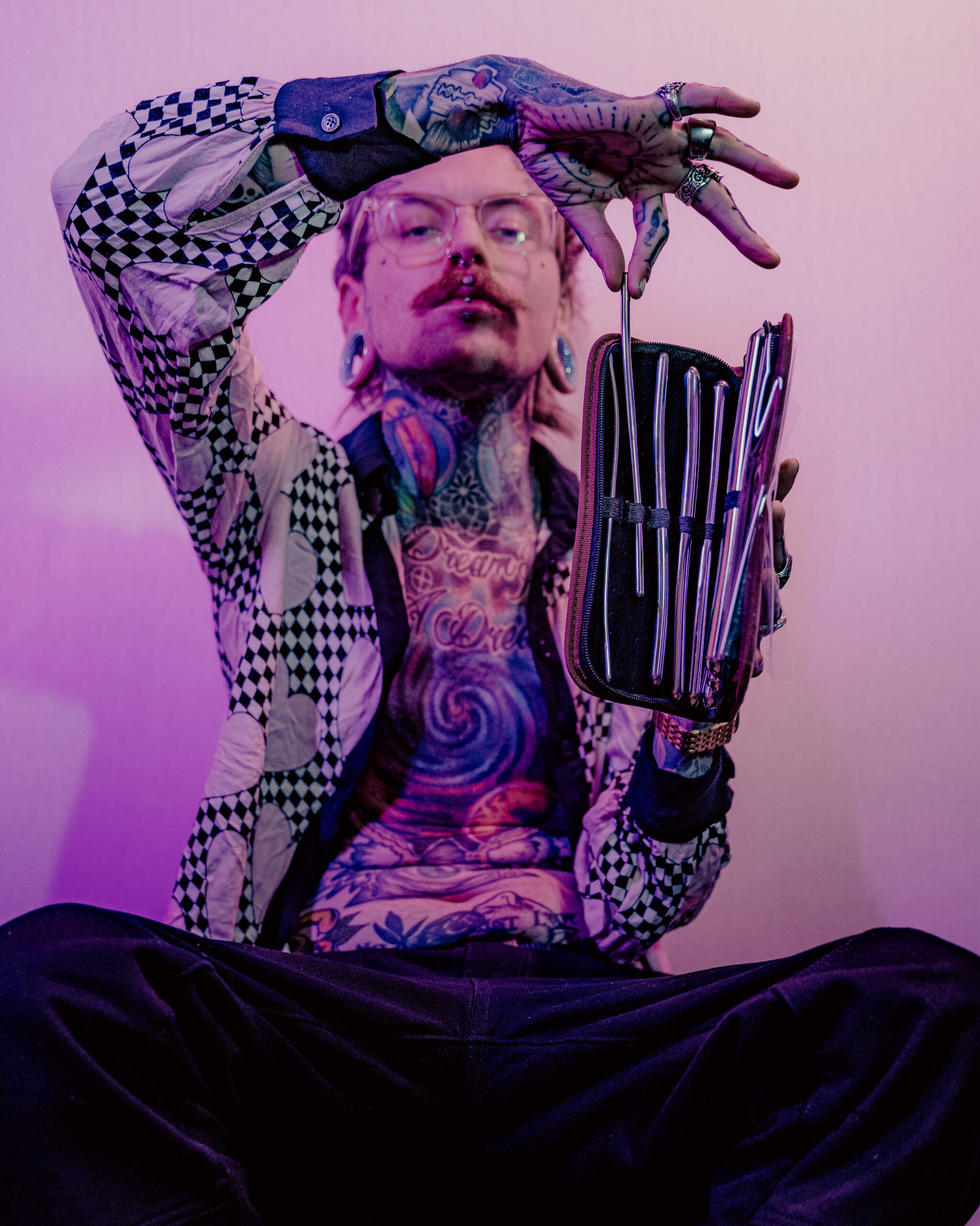The Evolution of Dating Norms
From courtship rituals to swiping right, the ways humans find romantic partners have undergone significant transformations throughout history. Cultural norms surrounding dating have evolved dramatically, reflecting shifting societal values, technological advancements, and changing understandings of gender and sexuality.
Traditional Gender Roles and Shifting Expectations
The evolution of dating norms is intricately intertwined with the transformation of traditional gender roles and evolving expectations within modern society. In many cultures, historical courtship rituals adhered to strict gender divisions, often dictated by parental guidance and societal pressures. Women were expected to be passive recipients of romantic advances, while men took on the role of pursuers.
- The rise of individualism and feminism in the 20th century challenged these traditional norms. Women increasingly sought autonomy in their choices and desired more egalitarian relationships.
- Technological advancements, particularly the advent of online dating platforms, have further revolutionized the landscape.
- These platforms allow individuals to connect with potential partners based on shared interests and values, transcending geographical limitations and offering greater control over the dating process.
Modern dating now encompasses a spectrum of approaches, from traditional courtship to casual encounters. However, the influence of gender and sexual orientation remains significant in shaping individual experiences and expectations within this evolving landscape.
Impact of Social Media on Dating Practices
The impact of social media on dating practices has been profound. Platforms like Tinder, Bumble, and Hinge have become ubiquitous tools for finding romantic connections. Swipe-based interfaces allow users to quickly assess potential matches based on limited information, often prioritizing physical appearance.
Social media’s influence extends beyond these dedicated dating apps. Profiles on platforms like Facebook, Instagram, and Twitter offer glimpses into individuals’ lives, influencing initial impressions and shaping perceptions of compatibility. The constant connectivity fostered by social media can create a sense of urgency and pressure in the dating world.
While social media has opened up new avenues for connection, it also presents challenges. The curated nature of online profiles can lead to unrealistic expectations and disappointment when meeting someone in person. Additionally, the ease of communication can contribute to superficial interactions and “ghosting,” where individuals abruptly cut off contact without explanation.
Understanding Diverse Identities
Modern dating, influenced by evolving social norms and technological advancements, presents a complex landscape where traditional notions of gender and sexual orientation intersect in multifaceted ways.
Spectrum of Sexual Orientations
Understanding diverse identities within the spectrum of sexual orientations is crucial for navigating the complexities of modern dating. The concept of sexual orientation encompasses a wide range of human experiences, including heterosexuality, homosexuality, bisexuality, pansexuality, and asexualities. Each of these identities represents a unique way of experiencing attraction and forming intimate relationships.
Recognizing and respecting this spectrum of orientations is essential for fostering inclusive and equitable dating environments. It means challenging stereotypes and assumptions, embracing individual differences, and creating space for all individuals to express their authentic selves freely.
Fluidity and Non-Binary Identities
Fluidity in gender identity has become increasingly recognized within modern society. Individuals may identify as male, female, non-binary, or somewhere along a spectrum between these categories. This fluidity challenges the traditional binary view of gender and recognizes the diversity of human experiences.
Non-binary identities encompass those who do not identify exclusively as male or female. Non-binary individuals may identify as both genders, neither gender, or as a combination thereof. Understanding and respecting non-binary identities is crucial for creating inclusive dating spaces where all individuals feel seen and valued.
Navigating the intersection of gender and sexual orientation in modern dating requires empathy, open-mindedness, and a willingness to learn. It involves recognizing that individuals may express their identities in diverse ways and that experiences can vary greatly.
Navigating Challenges and Opportunities
The landscape of dating has undergone a profound transformation in recent times, driven by evolving social norms, technological advancements, and a growing recognition of diverse identities.
Communication and Consent in the Digital Age
Modern dating presents a complex tapestry woven from threads of evolving social norms, technological innovation, and the multifaceted expressions of gender and sexual orientation.
Traditional courtship rituals, often steeped in rigid gender roles, are being challenged by a growing emphasis on individual autonomy and egalitarian relationships.

The advent of online dating platforms has democratized access to potential partners, transcending geographical boundaries and offering individuals greater control over their romantic pursuits.
However, this digital landscape also presents unique challenges, such as the pressure to curate perfect online personas and the risk of superficial interactions fueled by swiping mechanics.
Navigating these complexities requires a commitment to open communication, consent, and respect for individual identities.
Understanding the diverse spectrum of sexual orientations is paramount in fostering inclusive dating environments.
From heterosexuality to bisexuality, pansexuality, and various forms of asexualities, individuals express their attractions and desires in unique ways.

Recognizing and respecting these differences is crucial for creating spaces where all individuals feel seen, valued, and empowered to express their authentic selves.
Similarly, acknowledging the fluidity of gender identity is essential. Non-binary individuals, who do not identify exclusively as male or female, deserve recognition and respect.
Creating inclusive dating environments means embracing the full spectrum of human experiences and fostering a culture of understanding and acceptance.
Addressing Stereotypes and Biases
Modern dating presents a dynamic landscape shaped by evolving social norms, technological advancements, and a growing understanding of diverse identities. While online platforms have revolutionized connection, they’ve also introduced new challenges, such as the pressure to curate perfect online personas and the risk of superficial interactions.
Navigating this complex terrain requires open communication, consent, and respect for individual boundaries. It necessitates challenging stereotypes and embracing the diversity of human experiences, recognizing that individuals may express their identities in unique ways.
Understanding the spectrum of sexual orientations is crucial for fostering inclusive dating environments. From heterosexuality to bisexuality, pansexuality, and various forms of asexualities, individuals express their attractions and desires in diverse ways.
Recognizing and respecting these differences creates spaces where all individuals feel seen, valued, and empowered to be their authentic selves.
Similarly, acknowledging the fluidity of gender identity is essential. Non-binary individuals, who do not identify exclusively as male or female, deserve recognition and respect. Creating inclusive dating environments means embracing the full spectrum of human experiences and fostering a culture of understanding and acceptance.

Finding Community and Support Networks
Modern dating presents a dynamic landscape shaped by evolving social norms, technological advancements, and a growing understanding of diverse identities. While online platforms have revolutionized connection, they’ve also introduced new challenges, such as the pressure to curate perfect online personas and the risk of superficial interactions.
Navigating this complex terrain requires open communication, consent, and respect for individual boundaries. It necessitates challenging stereotypes and embracing the diversity of human experiences, recognizing that individuals may express their identities in unique ways.
Understanding the spectrum of sexual orientations is crucial for fostering inclusive dating environments. From heterosexuality to bisexuality, pansexuality, and various forms of asexualities, individuals express their attractions and desires in diverse ways.
Recognizing and respecting these differences creates spaces where all individuals feel seen, valued, and empowered to be their authentic selves.
Similarly, acknowledging the fluidity of gender identity is essential. Non-binary individuals, who do not identify exclusively as male or female, deserve recognition and respect. Creating inclusive dating environments means embracing the full spectrum of human experiences and fostering a culture of understanding and acceptance.
The Future of Modern Dating
Modern dating has become increasingly complex, driven by evolving social norms and technological advancements. The rise of online dating platforms, coupled with the pervasiveness of social media, has transformed how individuals connect and form relationships.
Technological Advancements in Matching Algorithms
Technological advancements have significantly impacted modern dating, particularly through the development of sophisticated matching algorithms. These algorithms analyze vast amounts of user data, including profiles, preferences, and behavioral patterns, to suggest compatible matches.
- One key area of advancement is the use of machine learning algorithms that continuously learn and refine their matching capabilities based on user interactions and feedback.
- Another trend is the incorporation of personality assessments and psychological profiling into matching systems, aiming to create deeper connections based on shared values and traits.
- Furthermore, some platforms are exploring the use of artificial intelligence (AI) to personalize the dating experience, offering customized suggestions for conversations, dates, and activities.
While these technological advancements offer promising opportunities for finding meaningful connections, it’s essential to consider their potential limitations and ethical implications.
Bias in data sets can perpetuate existing societal inequalities, leading to discriminatory outcomes in matching algorithms. Ensuring algorithmic transparency and accountability is crucial to mitigate these risks.
Moreover, over-reliance on technology may detract from the importance of human connection and genuine interaction.
Growing Acceptance and Inclusion
The future of modern dating promises a landscape shaped by evolving social norms, technological advancements, and a deepening understanding of diverse identities. While online platforms have revolutionized connection, they also present challenges requiring thoughtful navigation.
A key trend is the growing emphasis on inclusivity and representation. Dating apps are increasingly incorporating features that cater to a wider range of sexual orientations and gender identities, allowing users to express their preferences more accurately and connect with like-minded individuals.
For example, many platforms now offer options beyond the traditional male/female binary, enabling individuals to identify as non-binary, transgender, or genderfluid. The rise of inclusive language and representation within dating profiles reflects a societal shift towards greater acceptance and understanding.
Another important development is the focus on fostering meaningful connections rather than superficial swiping encounters. Dating apps are experimenting with features that encourage deeper interactions, such as shared interests prompts, video calls, and virtual events. These innovations aim to create more substantial connections based on shared values, personality compatibility, and genuine conversation.
Technology will continue to play a significant role in shaping the dating landscape. Artificial intelligence (AI) is expected to enhance matching algorithms, personalize user experiences, and potentially offer virtual companions for those seeking connection. However, it’s crucial to ensure that these advancements are used ethically and responsibly, prioritizing human well-being and genuine connection over algorithmic manipulation.
As society continues to evolve, the future of modern dating will likely involve a blend of online and offline experiences. While technology offers convenience and access, face-to-face interactions remain essential for building trust, intimacy, and meaningful relationships.
bdsm toys
Divine Mag
My Private Goods
- Why Does My Lip Filler Always Migrate - November 10, 2025
- What Is The Danger Zone For Nasolabial Fillers? - November 7, 2025
- What Are The Best CBD Gummy Edibles For Pain Management - November 4, 2025
